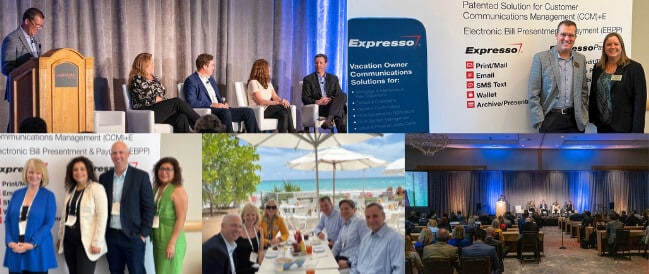Before jumping into the process of mapping the owner journey, it’s critical to lay the groundwork by securing senior executive support and involvement, establishing a leader and team for the project, and creating a data-driven baseline of the current levels of owner satisfaction and engagement, steps for planning the work that I covered in more detail in an earlier post.
Now, it’s time for the team to roll up their sleeves. If you convened a strategy session to document your current state, you can take advantage of that gathering to begin journey mapping every interaction the customer will make and defining your future state. If not, arrange a workshop where managers, directors and senior executives from all disciplines to build the journey map and start working the plan.
1. Map All Interactions
During the strategy workshop, identify all of the various touchpoints where guest and customer interactions occurs. This includes every point of contact including all in-person communications and messages, phone support, everything social/digital and all printed and digital materials and correspondence. Ideally, this is a very interactive process using large pads of colored sticky notes and small group brainstorming, followed by a methodical prioritization process.
2. Build a Vision of Your Future Together
The team also needs to describe your future state. What do you want your customers to say on TripAdvisor and Facebook and to friends and family about you? Write affirmations that positively articulate future customer feedback. This helps you begin to create a new language to socialize what great customer experiences sound like at your company.
3. Set and Communicate Measurable Goals
Also at the workshop, it’s critically important to define your specific success metrics and create dashboard reporting so you can measure improvements and flag any results that may be lagging. Pick 5-10 areas of focus and, as simply as you can, begin circulating these data points at least monthly. Encourage your management team to discuss the importance and meaning of these metrics in their staff meetings and integrate data into companywide communications to bring a heightened sense of awareness to your mission.
4. Validate Plan with Front-Line Associates and Customers
After creating the preliminary customer journey map, engage a multi-disciplinary group of supervisors and front-line associates in their own workshop to evaluate the senior team’s assessment, including the “new vision” for becoming a customer-centric company. Your associates closest to your customers will have invaluable feedback on what’s really happening in the field and it is fascinating to see how close or far away their recommendations are from the management team’s analysis.
Also, survey real customers to give feedback on your evaluation and plans for improvement, too. Don’t simply query your most heavily invested owners or your favorite ones. It’s important to gather a cross-section of customers that span the various bands of ownership tenure, products owned, utilization patterns, satisfaction rates, age ranges and psychographic categories.
5. Keep it going
A customer journey map should be a living, breathing guidepost. It can quickly illustrate, at a glance, the complicated path your customers walk each day to engage with your brand. And, it will visually communicate the solutions you create to demonstrate you are listening and care about being an important part of your customers’ lives.
Your customers won’t remember what you say and many times not even what you do. They will, however, remember how you made them feel. This is what creating extraordinary experiences is all about and the secret to competing in a world of growing consumer power.
About the Author
Wendy Poe is Associate Vice President of North Highland, a global management consulting firm known for helping clients solve their most complex challenges related to customer experience, performance improvement, technology and digital, and transformation. We add value and support our clients across the full spectrum of consulting, from strategy through delivery. Previously, Wendy spent 15 years at Bluegreen Vacations, where she served as Chief Customer Officer, Senior Vice President of Club Services and Travel Sales, and Senior Vice President of National Sales and Marketing. She holds a bachelor of science in marketing communications from Florida State University. Wendy can be reached at Wendy.Poe@northhighland.com.
North Highland is an employee-owned firm, headquartered in Atlanta, GA, with more than 3,000 consultants worldwide and 60+ offices around the globe. For more information, visit www.northhighland.com and connect with us on LinkedIn, Twitter and Facebook.







